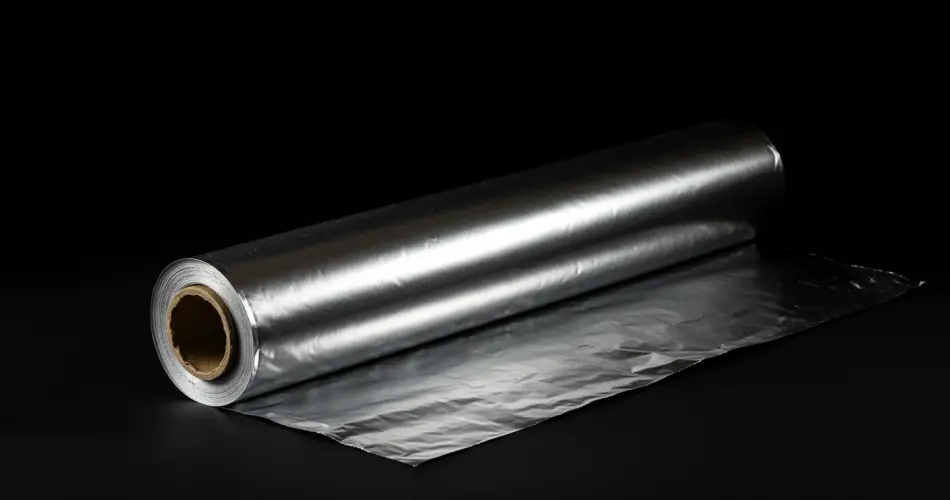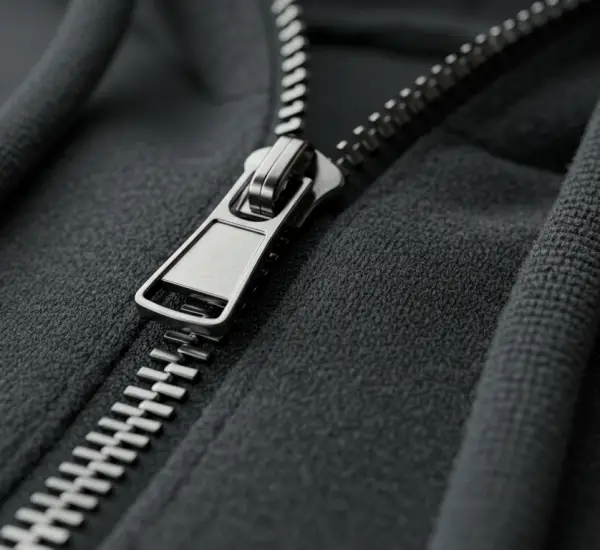Aluminum foil—sometimes called “tin foil”—is one of the most versatile and widely used household items. Found in nearly every kitchen, it is most commonly used to wrap leftovers, line baking trays, and cover food stored in the refrigerator. But this everyday item often sparks a surprisingly common question: Should you use the shiny side or the dull side?
At first glance, the two sides of aluminum foil look different enough to make people think there’s a right and wrong way to use them. Yet most consumers have never been told what the difference really is—or whether it even matters. Let’s explore the truth behind the shiny vs. dull debate, how aluminum foil is manufactured, and in which situations the side you choose may actually matter.
Aluminum Foil: More Than Just Kitchen Wrap
Although aluminum foil is most often associated with food storage, its uses extend far beyond the kitchen. Because it is lightweight, flexible, and an excellent conductor of heat and electricity, aluminum foil can be used for:
-
Food storage: Wrapping leftovers, covering bowls, or sealing containers.
-
Cooking aid: Lining pans to prevent sticking and simplify cleanup.
-
Sharpening tools: Folding it up to hone scissors and knives.
-
Polishing: Restoring shine to silverware or metal objects.
-
Gardening: Placing pieces in plant pots to deter insects.
-
Household fixes: Enhancing electronic signals or making temporary repairs.
Clearly, this humble roll of foil is a multitasking powerhouse. But when it comes to using it for food, the debate over shiny versus dull remains one of its biggest mysteries.
Why Does Aluminum Foil Have Two Different Sides?
The difference between the shiny and dull sides isn’t intentional. In fact, it’s a byproduct of the manufacturing process.
When aluminum foil is rolled out at the factory, it’s passed through large rollers under high pressure. To get the foil thin enough, sheets are rolled in pairs. The sides that come into direct contact with the rollers come out shiny, while the sides pressed against each other remain dull.
So the shiny and dull sides exist simply because of the way foil is made—not because they were designed with different purposes in mind.
When the Side of the Foil Doesn’t Matter
For most everyday uses, it truly doesn’t matter which side of the foil you place against your food. Whether you wrap a sandwich, cover a dish in the refrigerator, or store leftovers, the shiny side and the dull side perform exactly the same function.
Both sides provide the same barrier against moisture, light, and air, helping to preserve food freshness. Both are equally heat-resistant. And for tasks like covering trays or wrapping items to go into the freezer, there is no functional difference at all.
So if you’ve been stressing over whether your lasagna should be covered shiny side up or shiny side down, you can relax—it makes no difference in these situations.
The One Time It Might Matter: Cooking and Nonstick Foil
There is, however, one important exception. Some brands of aluminum foil are specifically manufactured with a nonstick coating. In these cases, the dull side of the foil is treated to make it resistant to sticking, while the shiny side is left untreated.
When using this type of foil to line pans or wrap foods for cooking, you’ll want to place the dull, nonstick side against the food. This prevents items like baked goods, roasted vegetables, or sticky sauces from clinging to the foil.
You can usually tell if you’re dealing with nonstick foil because the packaging will be clearly labeled. If your foil does not mention a nonstick feature, then the shiny vs. dull debate becomes irrelevant again—both sides will behave the same way.
Misconceptions About Heat and Reflection
Some people believe that the shiny side of foil reflects heat better and should therefore be used outward when wrapping food for baking or roasting. Others argue the dull side absorbs heat more effectively and should face inward.
In reality, the heat difference between the two sides is so minimal that it has no measurable impact on cooking. The performance of foil in the oven is determined by the thickness of the foil, not which side you use.
The real reason aluminum foil works well in the oven is that it’s an excellent conductor of heat and can withstand high temperatures—not because one side is shiny and the other is dull.
Everyday Tips for Using Aluminum Foil
Whether you’re using foil for cooking, cleaning, or craft projects, here are a few practical tips:
-
Avoid using foil with acidic foods. Tomatoes, vinegar, and citrus can react with aluminum and alter the taste of food.
-
Line baking sheets for easy cleanup. Foil makes cleaning up roasted or baked dishes much simpler.
-
Cover food loosely in the oven. This helps prevent over-browning while still allowing heat to circulate.
-
Reuse when possible. If your foil isn’t heavily soiled, wipe it clean and use it again to reduce waste.
-
Recycle foil. Many recycling programs accept aluminum foil, but check local guidelines.
Final Thoughts
So, which side of aluminum foil should you use—the shiny or the dull? In almost all cases, it doesn’t matter. The two sides exist only because of the rolling process during manufacturing. Both provide the same level of heat resistance, barrier protection, and functionality.
The only time you need to pay attention is when you’re using nonstick aluminum foil, where the dull side is specially treated to prevent sticking. Outside of that, feel free to use either side according to personal preference or habit.
Next time you pull out a roll of foil, you’ll know the truth: shiny or dull, it will do the job just the same. And with its countless uses—from cooking to cleaning to gardening—aluminum foil deserves its reputation as one of the most practical and indispensable tools in any home.



